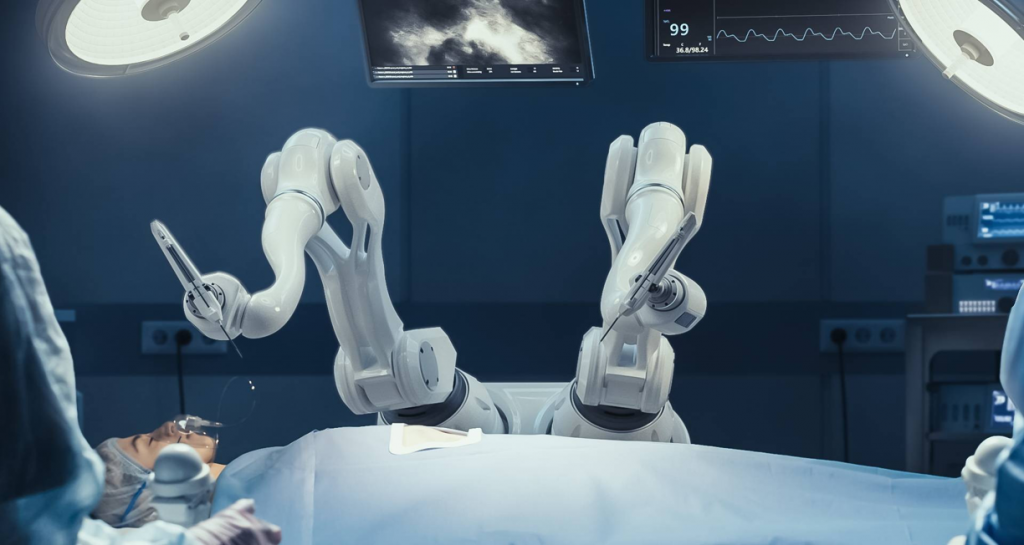The landscape of modern surgery has been redefined by the deployment of surgical robots, an innovation exemplified by the DaVinci Surgery system renowned for its dexterous robotic arms.
In various regions, these machines have become allies in addressing medical conditions, such as aiding UK women plagued by endometriosis and supporting epilepsy patients undergoing brain stimulation surgeries in Canada. This trend reached new heights in China, where remote eye surgery was conducted utilizing a 5G-driven robot, signifying the fusion of cutting-edge technology with medical expertise.
Revealing a compelling advancement in the field, a recent report from the BBC highlights the significant role played by a British surgical robot in more than 280 surgeries. This development has enabled surgeons to enhance their performance and has translated into expedited healing processes for cancer patients.
While the robot itself does not function autonomously, its influence on surgical precision, flexibility, and control is pivotal, according to NGH surgeon Mr. Chandran Tanabalan. The outcome of utilizing the robot translates to smaller incisions, accelerated healing, and reduced hospital stays, effectively improving the overall experience for patients.
Testimonials from patients underscore the transformative impact of the new approach to surgery. Ian Dowell, a patient who underwent prostate removal surgery, commended the innovation’s role in his swift recovery, minimizing post-operative discomfort and expediting the healing process. Ross Thompson, another patient who experienced the robot-assisted procedure, praised the robot’s efficiency and the resultant minimal disruption to his daily life. These anecdotes underscore the tangible benefits of utilizing surgical robots in enhancing patient outcomes and recovery trajectories.
Beyond the technical marvel, robotic assistance in surgery demonstrates a harmonious coexistence between machines and skilled medical professionals. These robots complement the proficiency of surgeons, enabling them to perform with heightened efficacy. Consequently, this synergy leads to quicker healing periods for patients, alleviating physical challenges and fostering psychological well-being amidst the burden of cancer.
The impact of this breakthrough is particularly poignant for those acquainted with the challenges of cancer, as the toll it exacts on patients’ lives is immense. By leveraging surgical robots, medical practitioners are better equipped to alleviate this burden, making battling cancer a less arduous physical and mental journey.
As surgical robotics advances, the prospects for a successful recovery from many medical conditions increase exponentially. The emergence of these robotic allies reaffirms that their role in medicine is unequivocally beneficial, ultimately enhancing human experiences and augmenting medical efficacy.
In this landscape, the British robot, though it comes with a substantial price tag of $2.16 million (£1.7 million), exemplifies the potential of technology to augment human capabilities without supplanting them.

